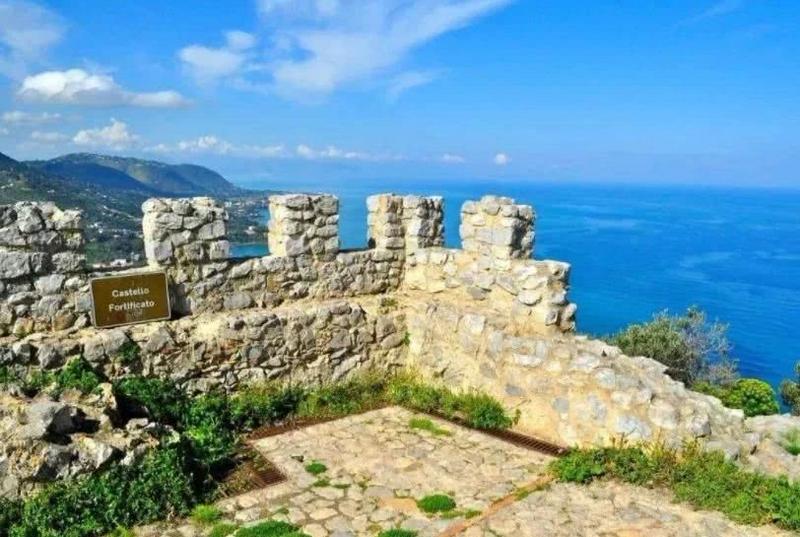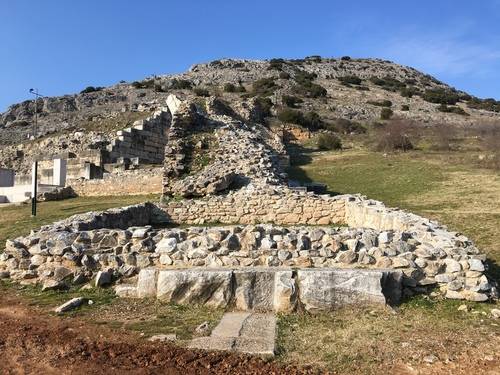Mount Athos
Here, you can find the Protato Church (built in the 10th century), which features the famous 'Axion Esti' icon ('It is truly meet to bless thee, O Theotokos') and frescoes by Panselinos. Only men are allowed to enter Mount Athos. Foreign visitors must obtain special permission.
Meteora
The 'Stone Forest' of Meteora is a perfect combination of natural and man-made landscapes, almost evoking a sense of transcendence. Visitors come here to experience the secluded atmosphere of monastic life, admire the truly unique natural scenery, and marvel at the outstanding architecture of the monasteries, known as 'awe-inspiring architecture'.
Temple of Apollo Epicurius
In central Peloponnese, at Vasses in ancient Figaleia, at an altitude of 1,130 meters, stands the eternally proud Temple of Apollo Epicurius. The inspiration behind its construction and the architect is believed to be the great Ictinus. This architectural gem of universal significance was the first major Greek monument to be recognized as a World Heritage Site by UNESCO in 1986. The temple can be accessed from the charming banks of the Neda River or from Tripoli and Libya, passing through Ilia, to reach this metropolitan marvel.
The Acropolis of Athens from the 5th century BC most accurately reflects the most glorious period of Athens, the splendor, power, and wealth of the Golden Age of Pericles.
Mystras
Visit the mysterious tower town of Mystras, located in the Peloponnese, 6 kilometers northwest of the city of Sparta, and let yourself be enchanted by the medieval charm of this destination. Stroll through the castle city and feel the majesty of the city in the silence: the Palace of the Despots (Anaktora), the houses of Laskaris and Frangopoulos, the beautiful Saint Dimitrios Cathedral, and the impressive Monastery of Our Lady Pantanassa and Pur Lady Perivleptos.
Temple of Hera at Samos
Traditionally, Hera was born and raised here, making her temple at Heraion the largest temple of ancient times. The most important archaeological sites include the enormous Temple of Hera (109 m long, 55 m wide, 25 m high) (still standing today and known as Kolona), the great altar, and the sacred road (the main road from the city, today known as Pythagoreio, to the temple). Between Pythagoreio and Heraion is the artificial Glyfada Lake. Also worth seeing is the Sarakinis Tower (1577) in the Heraion plain.
Philippi
The archaeological site of Philippi, one of the most important in the eastern region of Macedonia, Greece, has been on the UNESCO World Heritage list since mid-July 2016, meeting all the significant and stringent criteria of the organization. At the 40th session of the committee held in Istanbul from July 10 to 17, Philippi was unanimously listed as a World Heritage site.
Archaeological Site of Olympia
In the western Peloponnese, in the beautiful Alpheios River valley, lies the most famous sanctuary of ancient Greece. It is situated under the father of gods, Zeus, at the southwestern foot of Mount Kronios, at the confluence of the Alpheios and Kladeos rivers, amidst lush green landscapes.



















